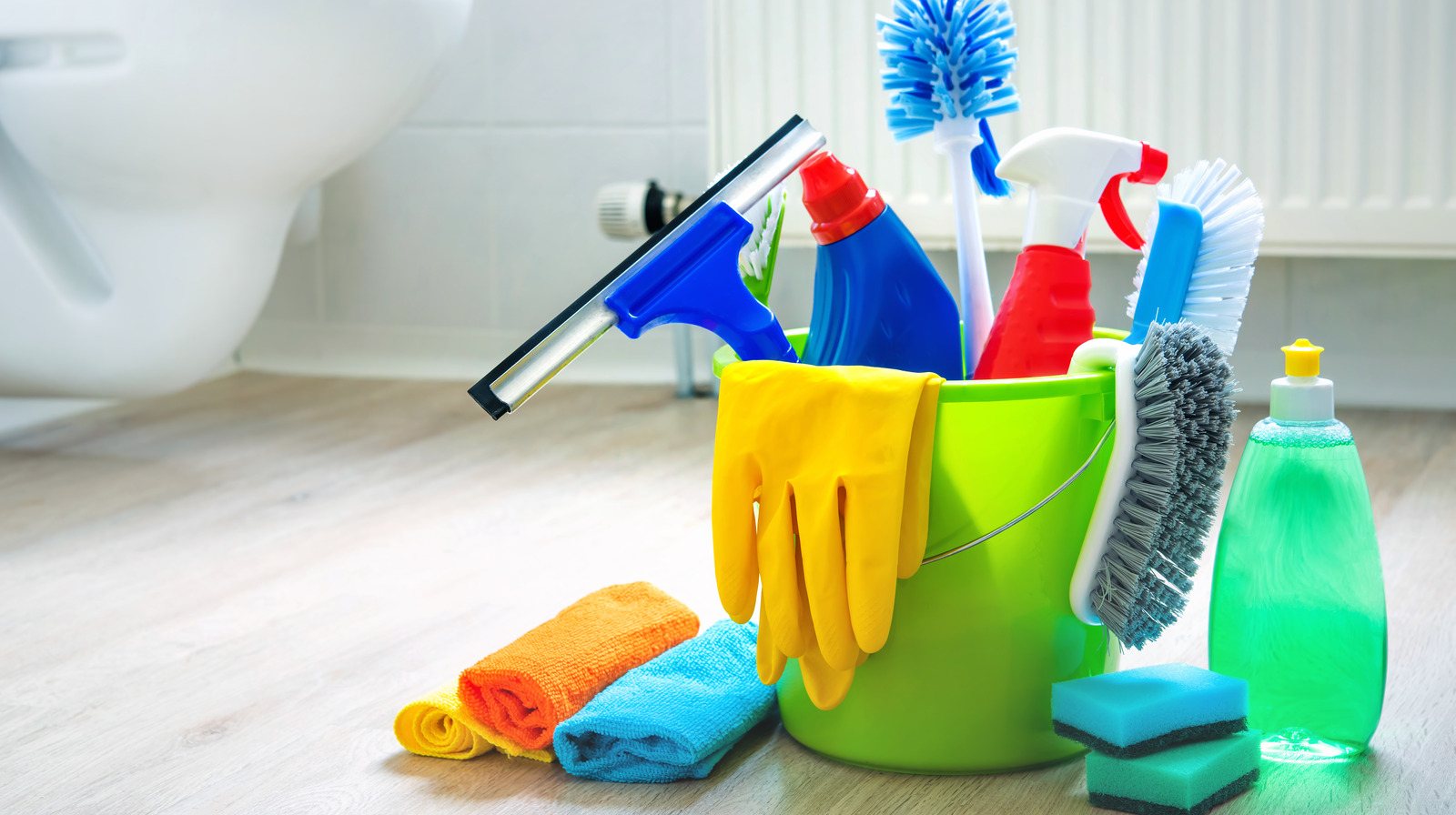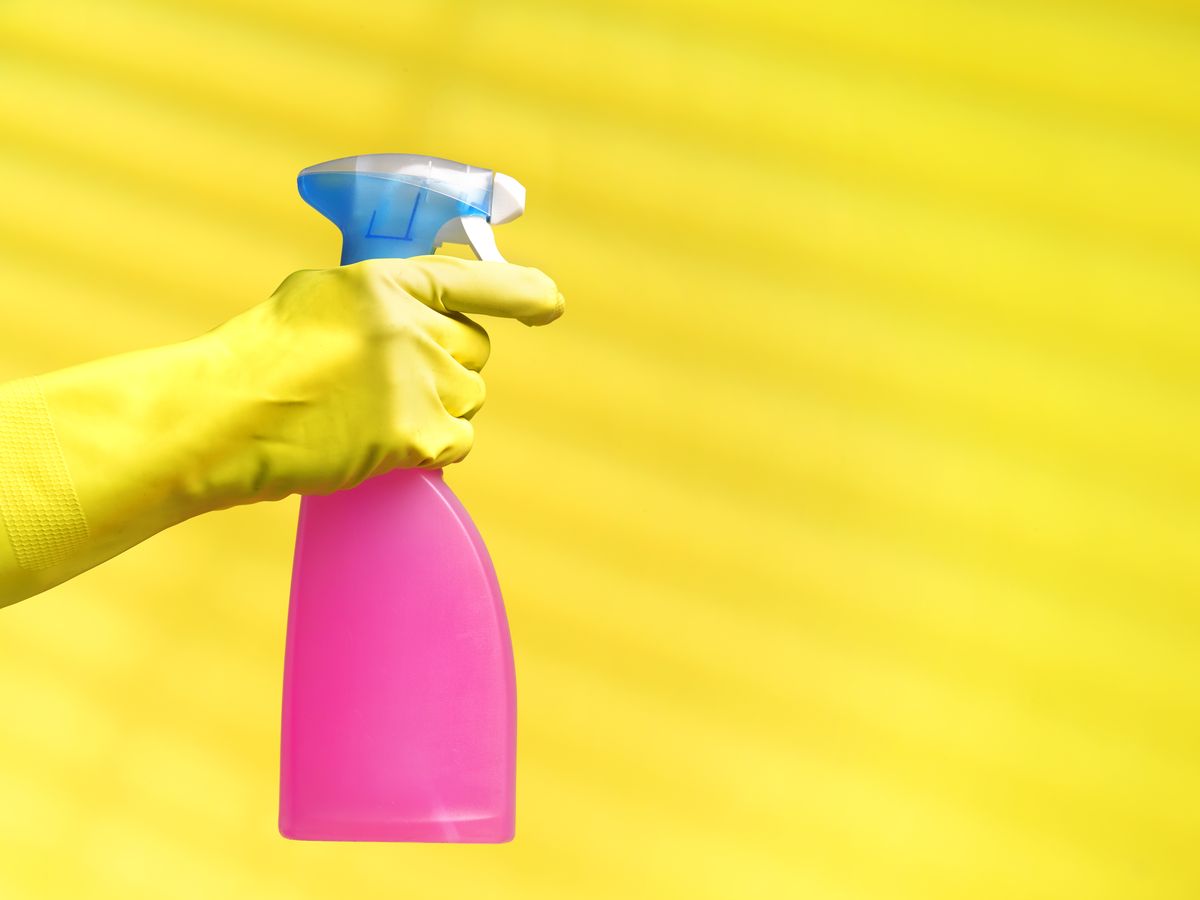Master Everyday Cleaning Techniques: Just How to Appropriately Scrub the Surfaces and Maintain a Clutter-Free Home
Master Everyday Cleaning Techniques: Just How to Appropriately Scrub the Surfaces and Maintain a Clutter-Free Home
Blog Article
Comprehending the Demand for Completely Sanitizing and Disinfecting Regularly Touched Surface Areas in High-Traffic Locations
In the realm of public health and safety, the meticulous disinfection and sanitization of regularly touched surface areas in high-traffic locations stand as paramount measures in stopping the spread of harmful microorganisms. The value of this method prolongs far past mere sanitation, diving into the realm of disease prevention and community well-being. By discovering the different elements of surface area sanitation, from the threats related to disregarding cleaning protocols to the efficient methods that can be employed, a clearer understanding arises of the crucial role these techniques play in securing public wellness. As we browse this discussion, it ends up being apparent that the implications of comprehensive surface disinfection reverberate not just within the boundaries of a particular environment but additionally resonate on a more comprehensive scale, influencing the health and wellness of people throughout varied common settings.
Significance of Surface Area Sanitation
Highlighting the comprehensive sanitation of high-traffic surfaces is critical in preserving a hygienic atmosphere and preventing the spread of dangerous microorganisms. High-touch surfaces such as door takes care of, light buttons, elevator switches, and countertops work as reproducing grounds for microorganisms and viruses. Regular sanitation of these surface areas is necessary to decrease the danger of contamination and transmission of health problems.
By executing a durable disinfection procedure, institutions and organizations can create a much safer environment for staff members, visitors, and consumers. Appropriate surface area sanitation not just alleviates the spread of transmittable diseases however likewise imparts self-confidence in the sanitation and safety of the facilities. This positive approach shows a commitment to health and wellness and wellness, which is specifically vital in high-traffic areas where the possibility of exposure to pathogens is heightened.
Moreover, surface area sanitation plays a crucial role in general infection control techniques. Incorporated with hand hygiene techniques, wearing masks, and preserving physical distancing, complete disinfection of high-touch surfaces creates a comprehensive defense against the transmission of hazardous microorganisms. Focusing on surface sanitation is a crucial element of an all natural approach to health and wellness and safety and security in shared rooms.
Dangers of Overlooking Cleaning Practices
Ignoring thorough sanitation of high-traffic surface areas substantially increases the threat of bacterial and viral contamination, positioning a serious threat to the health and safety and security of people often visiting these spaces. Failure to execute proper cleaning methods can result in the build-up and spread of unsafe microorganisms, consisting of viruses and germs, on frequently touched surface areas such as doorknobs, hand rails, lift buttons, and kitchen counters.

Furthermore, overlooking the importance of comprehensive cleaning not only endangers the health of people yet also threatens efforts to maintain a clean and sanitary environment. It is crucial to acknowledge the relevance of proper disinfection methods in protecting against the spread of infections and protecting public wellness.
Effective Sanitation Techniques
To keep ideal cleanliness and reduce the threat of contamination on high-traffic surface areas, employing efficient disinfection techniques is crucial. Among one of the most typical and effective disinfection techniques is utilizing chemical disinfectants. These products can vary in strength and make-up, with some targeting certain microorganisms like viruses or bacteria. It is important to follow the supplier's guidelines for appropriate dilution, get in touch with time, and ventilation when utilizing chemical anti-bacterials to ensure their efficiency - Clear Out Any Clutter.
An additional effective technique is using UV-C light. UV-C light has been shown to be reliable in killing a large array of microorganisms by disrupting their DNA framework, thus preventing them from duplicating. Nonetheless, it is vital to utilize UV-C light correctly, making certain that the appropriate strength and exposure time are used to attain the wanted disinfection outcomes.
In addition, using vapor cleaning as a sanitation approach can be very reliable, specifically on surface areas that are heat-resistant. Heavy steam can permeate permeable surface areas and kill bacteria, infections, and various other virus efficiently. When utilizing vapor cleansing, it is very important to make certain that the surface reaches the required temperature for an adequate quantity of time to ensure proper sanitation.
Influence On Public Health
The upkeep of high standards of tidiness and sanitation on high-traffic surfaces plays an important duty in guarding public health. Often touched surfaces in locations with high step, such as doorknobs, hand rails, lift switches, and bathroom centers, offer as reproducing grounds for damaging virus. Falling short to effectively disinfect these surface areas can result in the quick spread of contagious diseases within neighborhoods. By executing extensive sanitation procedures, the threat of transmission of viruses, germs, and various other bacteria can be considerably special info minimized.
Reliable hygiene methods not only shield individuals from dropping ill but likewise add to the total wellness of culture. Public health and wellness authorities emphasize the importance of preserving clean environments to stop episodes and have the spread of ailments. In high-traffic locations like flight terminals, institutions, health centers, and public transport systems, the influence of extensive sanitation measures can not be understated. Prioritizing the sanitization of frequently touched surface areas is a proactive strategy to promoting public health and wellness and boosting the safety of people in common rooms.
Executing Regular Cleaning Up Procedures
Promptly instituting and sticking to a consistent routine of cleansing procedures is paramount for keeping the cleanliness and security of high-traffic surfaces. Routine cleaning protocols are crucial in protecting against the build-up of bacteria and pathogens on often touched surface areas, especially in locations with high foot website traffic. By carrying out an organized method to cleansing, companies can efficiently minimize the risk of condition transmission and create a much healthier atmosphere for staff members, customers, and the general public.
To establish an efficient cleaning schedule, it is important to identify high-traffic locations that need regular interest. These areas might consist of doorknobs, hand rails, lift buttons, toilet facilities, and shared tools. Executing a regular cleaning routine that targets these surfaces multiple times a day can substantially lower the spread of hazardous microorganisms and infections.
Additionally, using appropriate cleaner and disinfectants is essential to making certain that surface areas are thoroughly sanitized. Routine training of cleansing team on correct cleaning techniques and the significance of adherence to the cleansing schedule is likewise important in keeping a hygienic environment. By best site prioritizing constant cleansing methods, organizations can advertise the health and wellness and wellness of individuals who communicate with these high-traffic surface areas.

Final Thought
In final thought, it is essential to prioritize thorough disinfection and sanitization of often touched surfaces in high-traffic locations to protect against the spread of dangerous pathogens and preserve public health and wellness. It is essential to acknowledge the relevance of preserving clean surface areas in high-traffic locations to ensure the health of the community.
In the realm of public health and safety, the thorough disinfection and sanitization of often touched surface areas in high-traffic locations stand as extremely important steps in avoiding the spread of harmful pathogens. By exploring the various elements of surface disinfection, from the dangers associated with neglecting cleansing methods to the efficient approaches that can be utilized, a more clear understanding emerges of the crucial function these techniques play in protecting public wellness.Additionally, employing steam cleaning as a disinfection technique can be very effective, especially on surface areas that official statement are heat-resistant. When utilizing steam cleaning, it is important to make sure that the surface area reaches the called for temperature for an adequate quantity of time to ensure appropriate disinfection.
In final thought, it is crucial to prioritize complete sanitation and sanitization of regularly touched surfaces in high-traffic locations to stop the spread of damaging virus and keep public health.
Report this page